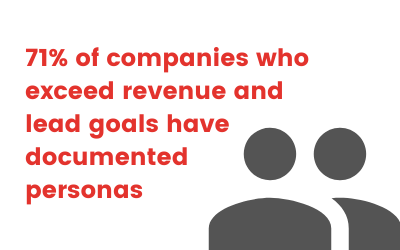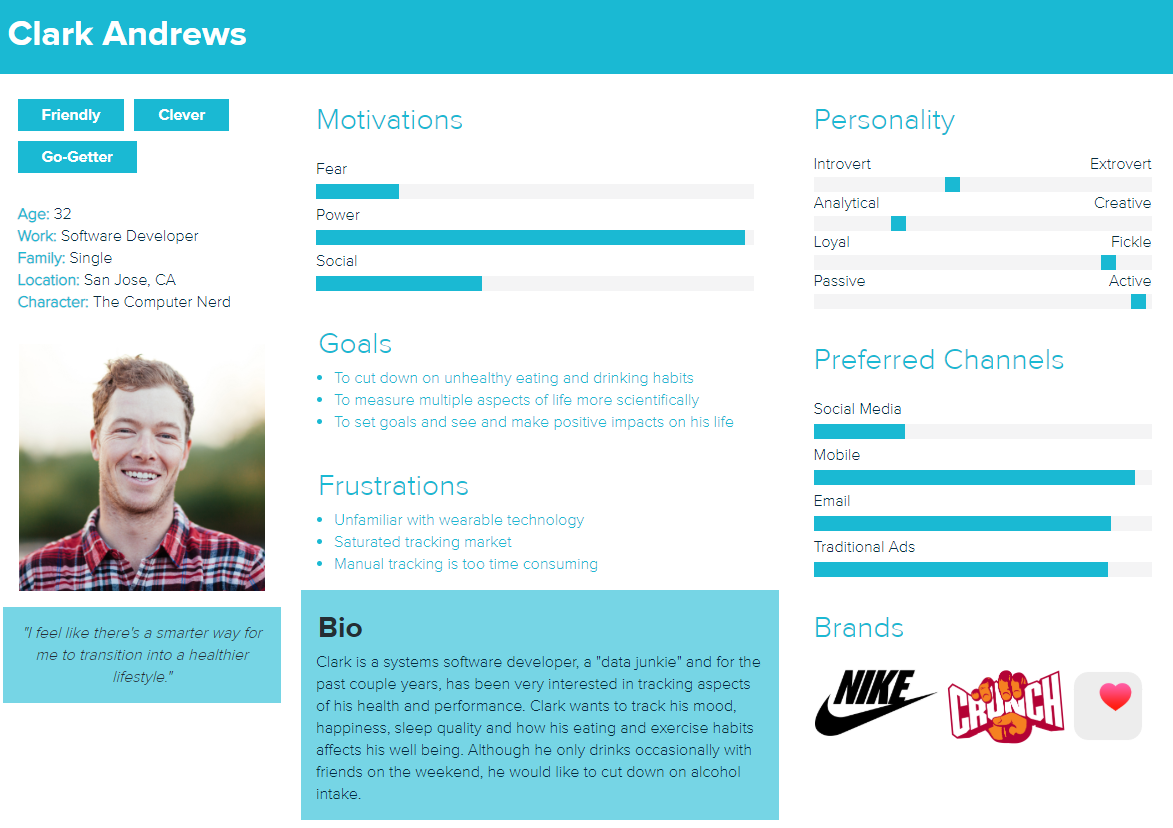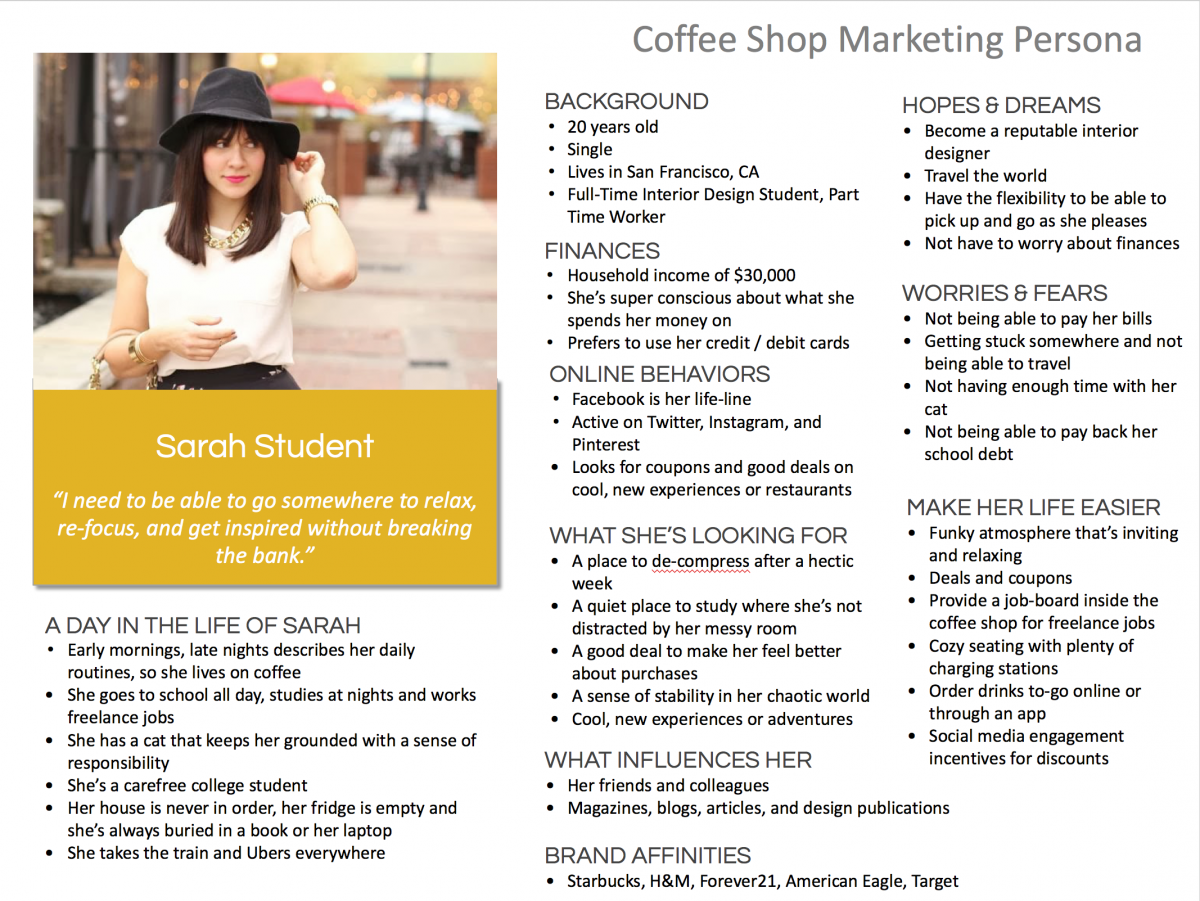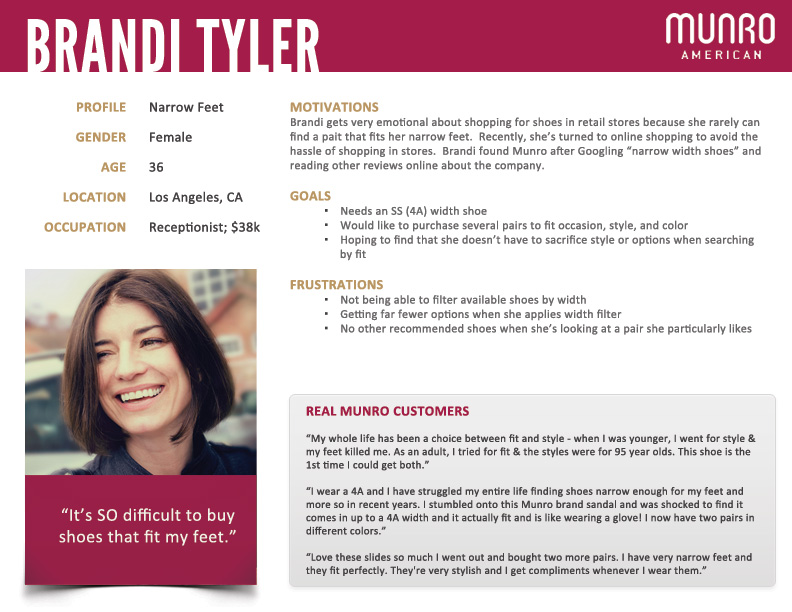How Website Personas Ensure You’re Reaching the Right People
At the start of every website project, one of the first things your web agency will ask you about is your target audience. If you’re like a lot of companies, you can answer in basic demographics—age, gender, location, job title, etc. It’s valuable information, sure. But that only tells you what they are, not who they are. And that’s why you need customer personas.
Personas provide a guidepost for your website design and content strategy. Without them, your site is nothing more than a series of guesses and assumptions. And as websites are often one of your biggest marketing investments, it’s worth it to spend more time and resources upfront to ensure it will appeal to the right people.
What Is a Persona?
Just like you, your customers are more than their demographics. Even in the B2B world, your customer is a human person with hopes, fears, goals, pressures, insecurities and expectations. The more you can get to know them beyond superficial markers, the more your your website — and other sales and marketing efforts — will connect with them in a more impactful way.
Before we go into the different methods for researching and building personas, let’s take a look at the impact solid customer research can have on your bottom line.
The Business Case for Personas
Personas aren’t just another piece of marketing jargon or attempt by marketing agencies to upsell you. Research backs up the effectiveness of personas in not only helping businesses solidify their focus and messaging, but also increase revenue:
With websites in particular, the use of personas has been shown to boost website engagement. Studies have shown that having defined personas:
- made websites 2-5 times more effective and easier to use by targeted users
- increased website traffic by 210%
- increased website-generated leads by 97%
- increased website-generated sales by 124%
- increased organic search traffic by 55%
Building Personas
Now comes the tricky part: building out your own personas.
You want to think of personas as representing the types of customers who (ideally) are going to purchase your products or services. The vast majority of businesses only need 3-5 personas. Even the largest and most recognizable brands in the word typically won’t have more than that.
It’s best to ignore niche or edge case customers and just focus on those 3-5 groups, especially when you’re using personas to inform website strategy. Too many outliers can skew the user experience, which may alienate a broader group of potential customers.
Generally, a persona will include some or all of the following:
- Demographics – still good to know, but not the only thing to know
- A snapshot of who they are, their daily life or other overview that explains why they are looking for a solution like yours
- Their goals or what they are trying to accomplish in seeking a solution like yours
- The pain points they are dealing with
- Preferred media channels (such as email, TV, social media, text messaging)
Depending on the type of business, B2B vs. B2C focus, and the availability of research, personas may go even deeper into things like favorite brands, personality traits.
Here are a few examples:
There are a few different methods you can use to build your persons. Mostly, the methods you use will come down to your business and your budget. Persona research can involve:
- Conducting interviews with or surveying your existing customers who represent your target audience
- Conducting focus groups
- Compiling analytics or anecdotal data from your sales people or customer service representatives
- Accessing existing research conducted by other research firms or organizations
Once you’ve collected data, you can begin assembling the points that will become your target audiences:
- Analyze the data to find themes in the results
- Group the themes and watch your personas gradually emerge
- Polish your grouped themes and assign them a human representation (this helps reinforce that these represent real people, not just data points
- Produce an overview of each person and make it available to your team and your web agency
The more research you can do, the more accurate and fleshed out your personas will be. Some of these methods are easier than others. Some you can do in-house with time and the right resources. But, there are also a number of agencies or professionals out there who specialize in researching and building personas.
Beyond the Website
The value of personas extends well beyond being a useful tool for creating a new website. Personas can be used to do anything from inform overall marketing strategy to improve customer service to even guiding product and service development. Once you have them, you’ll quickly wondered how your business ever worked without them.




